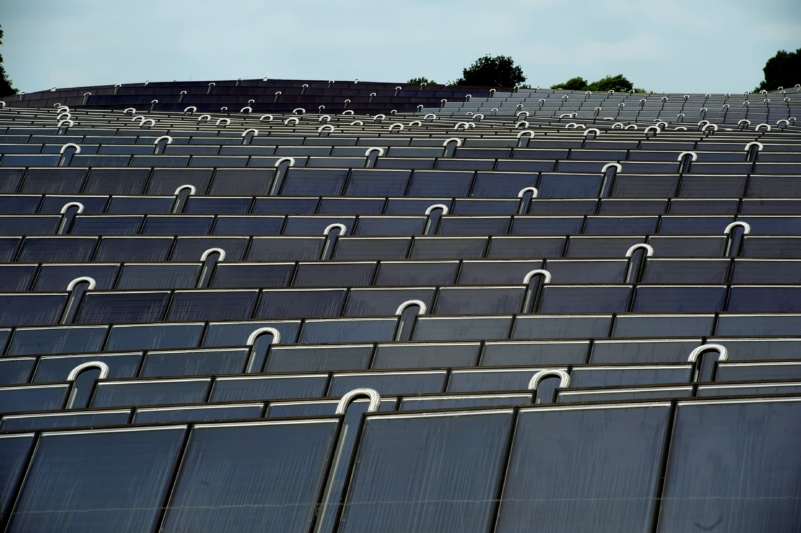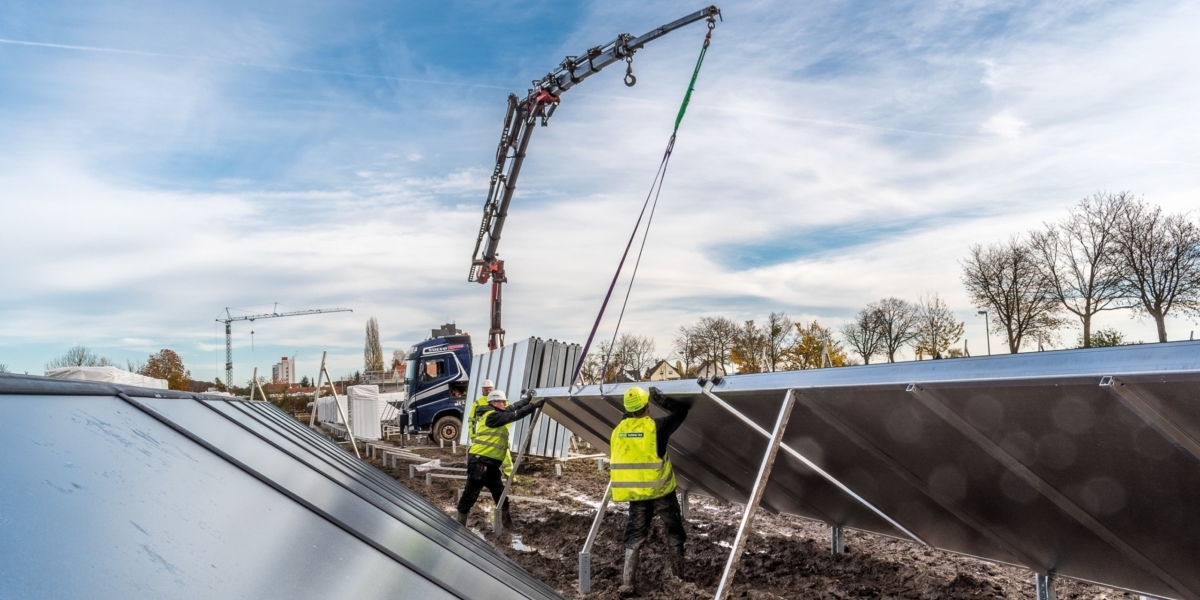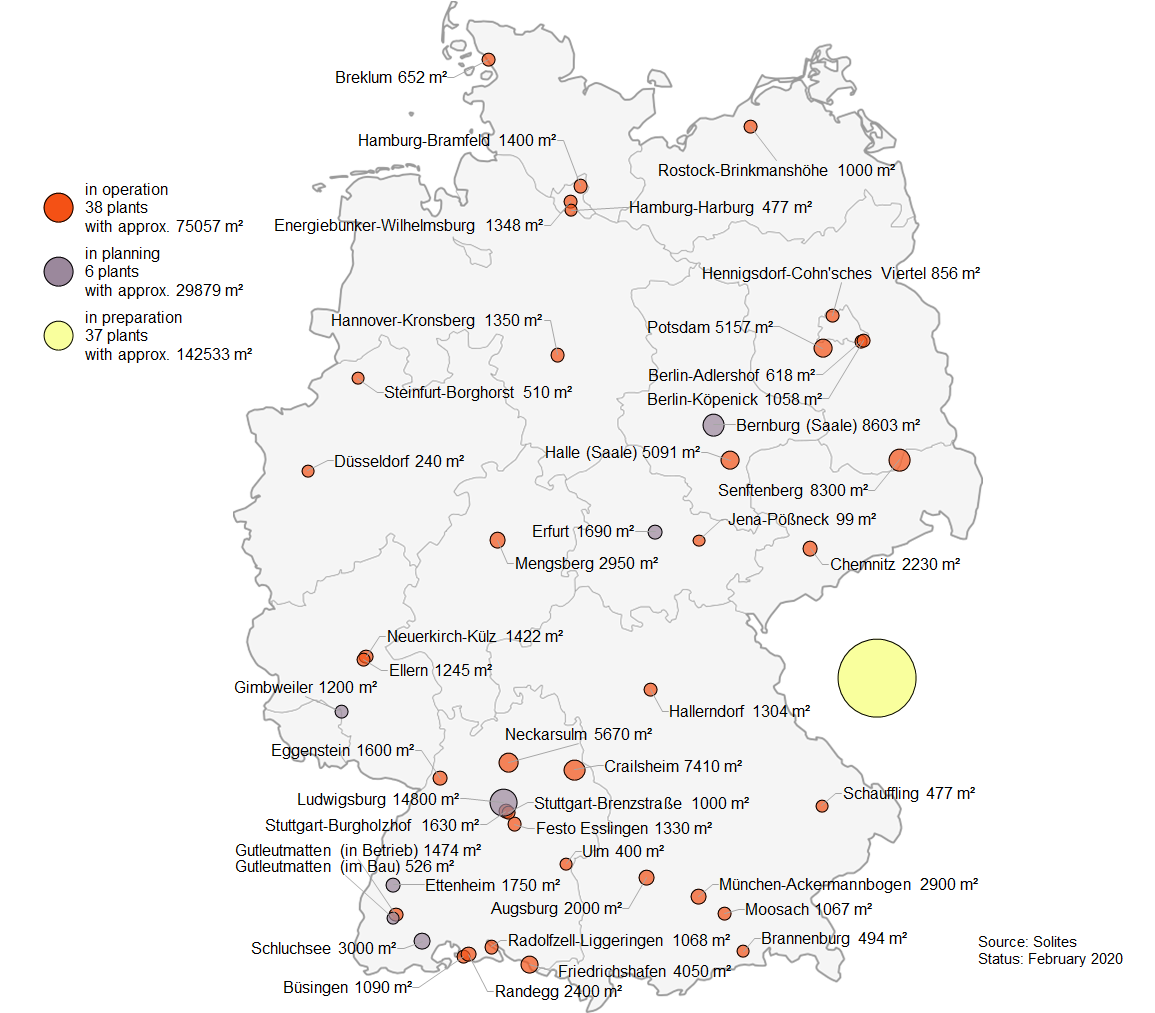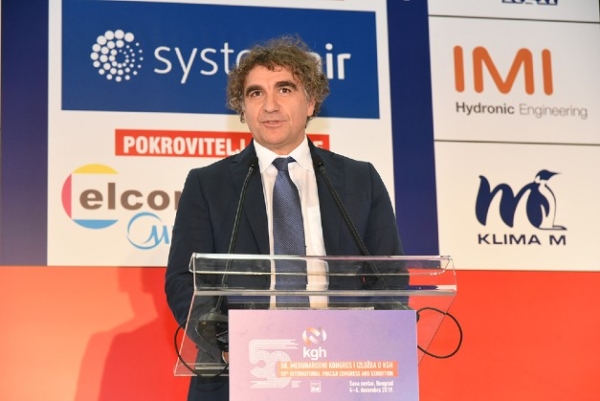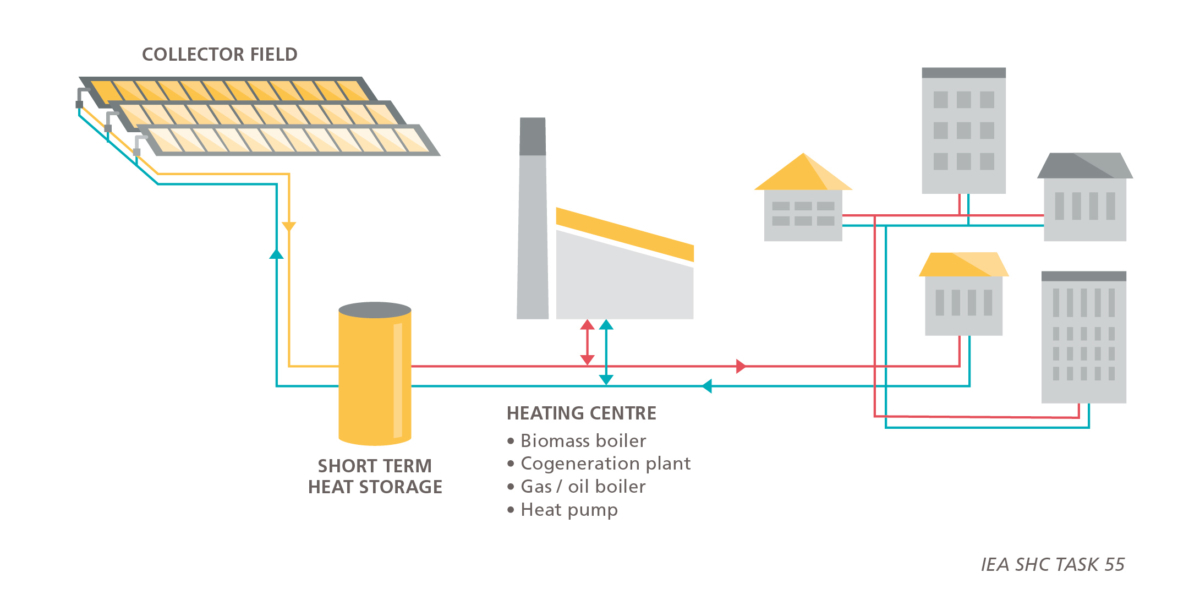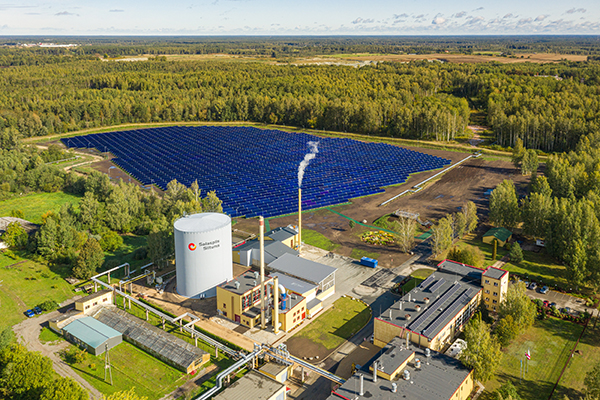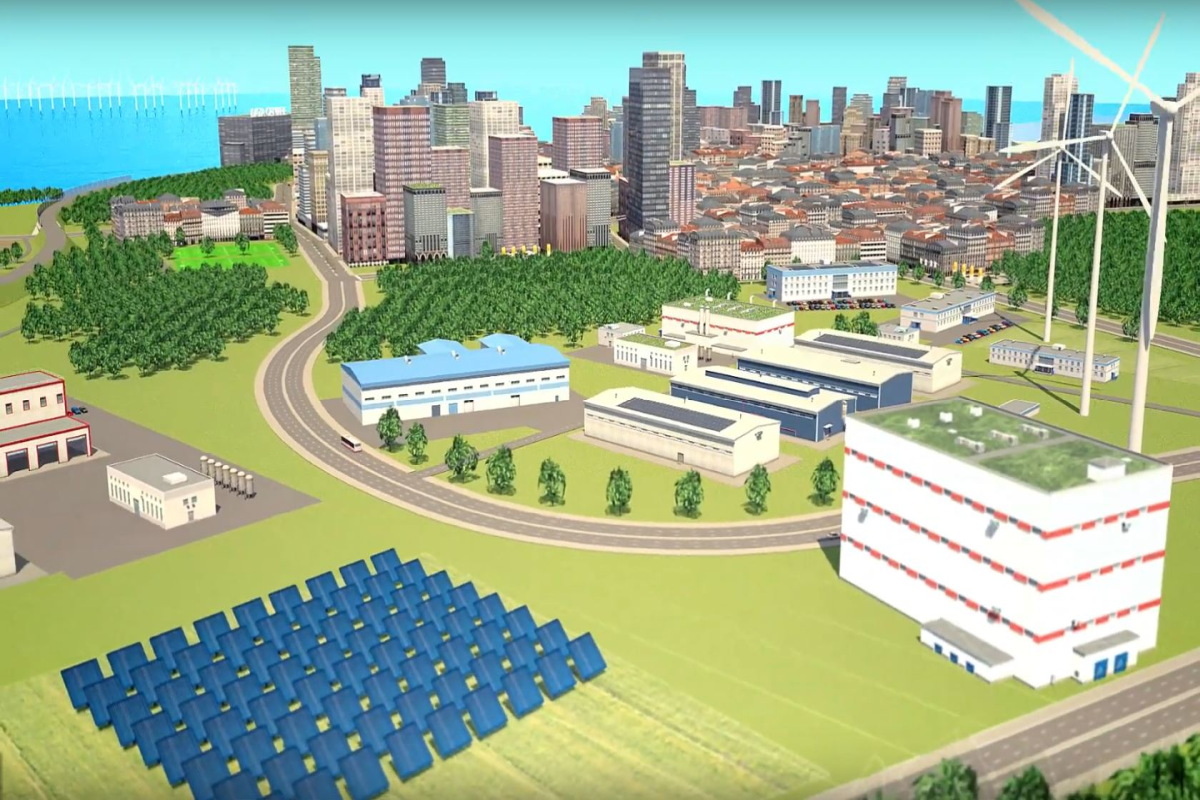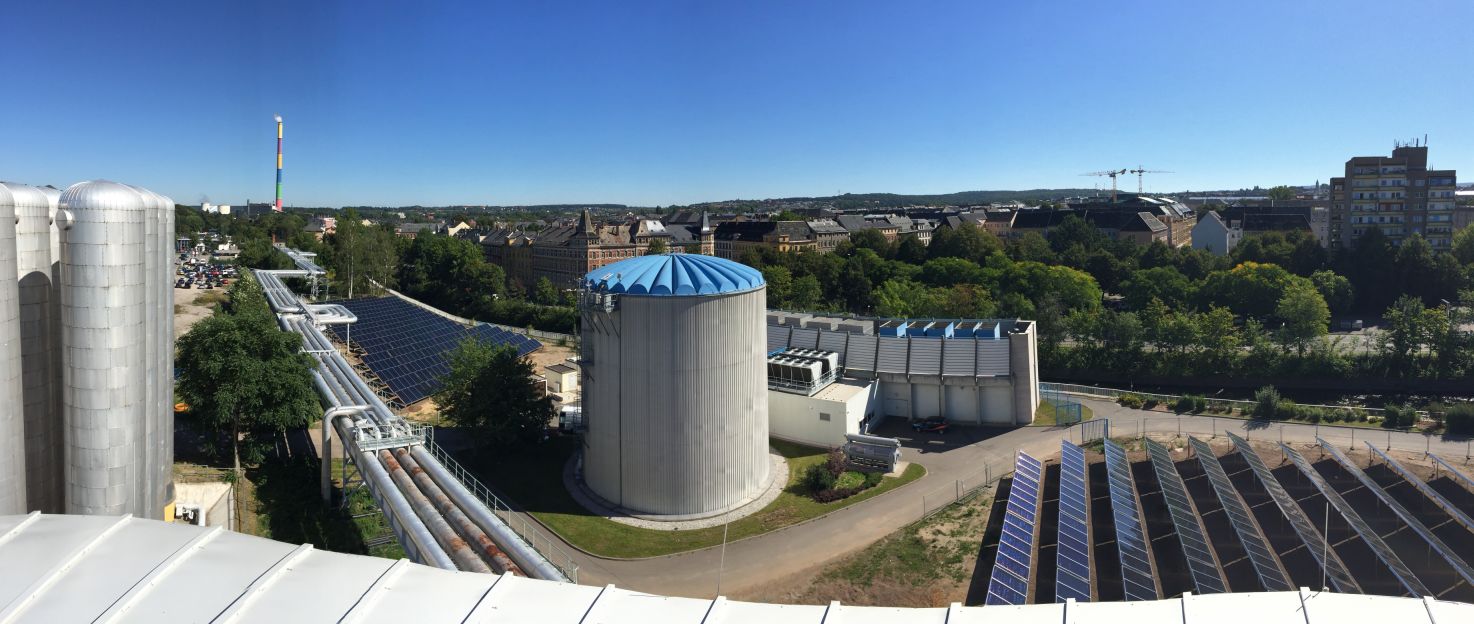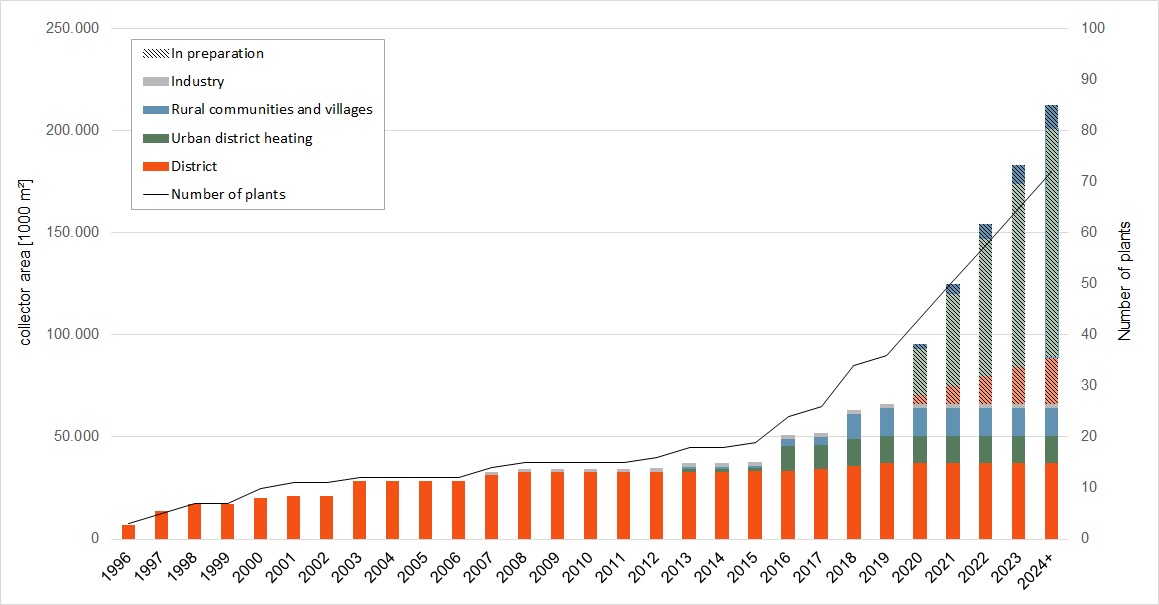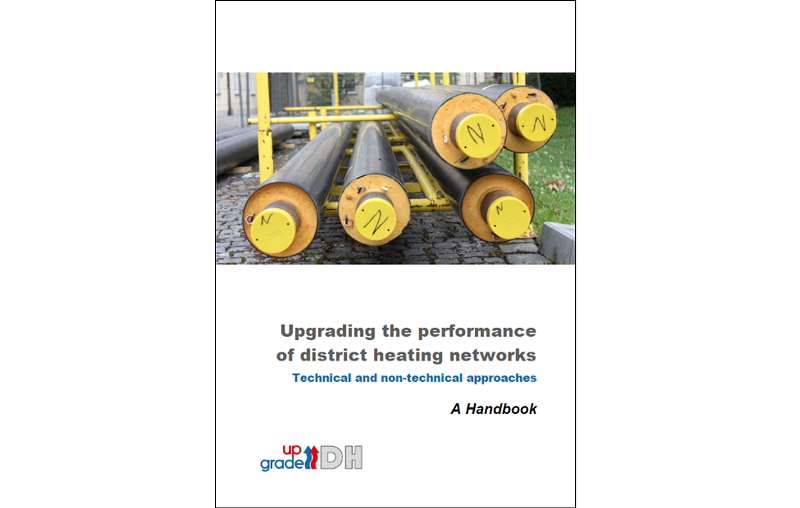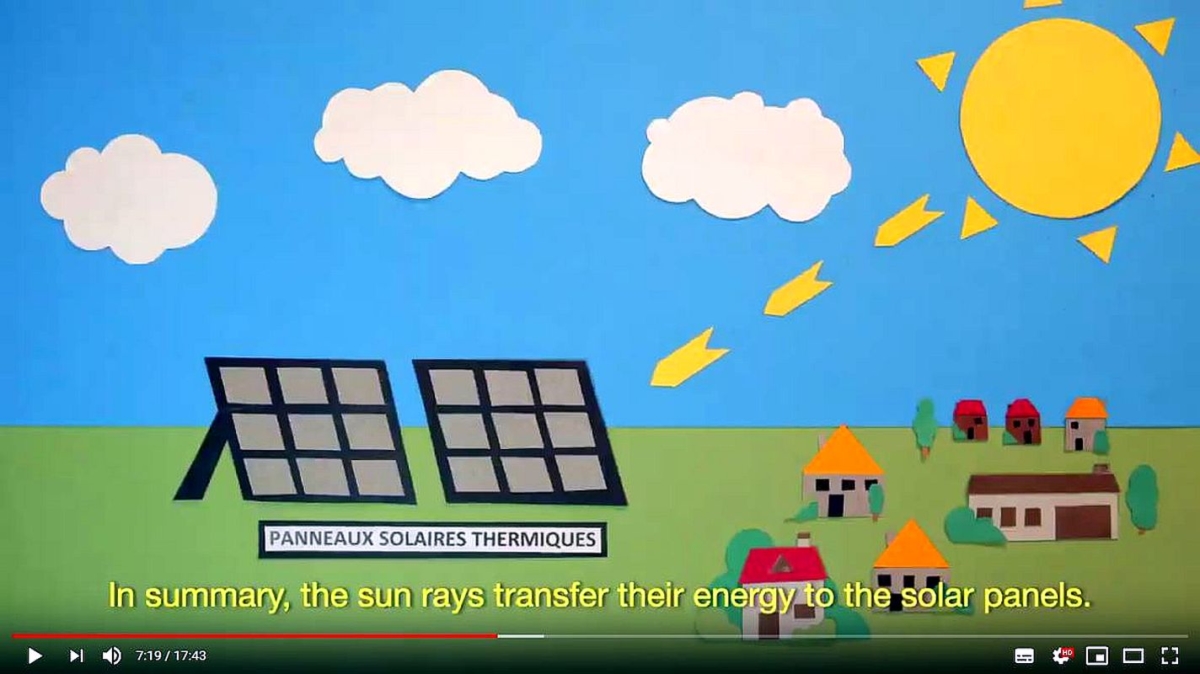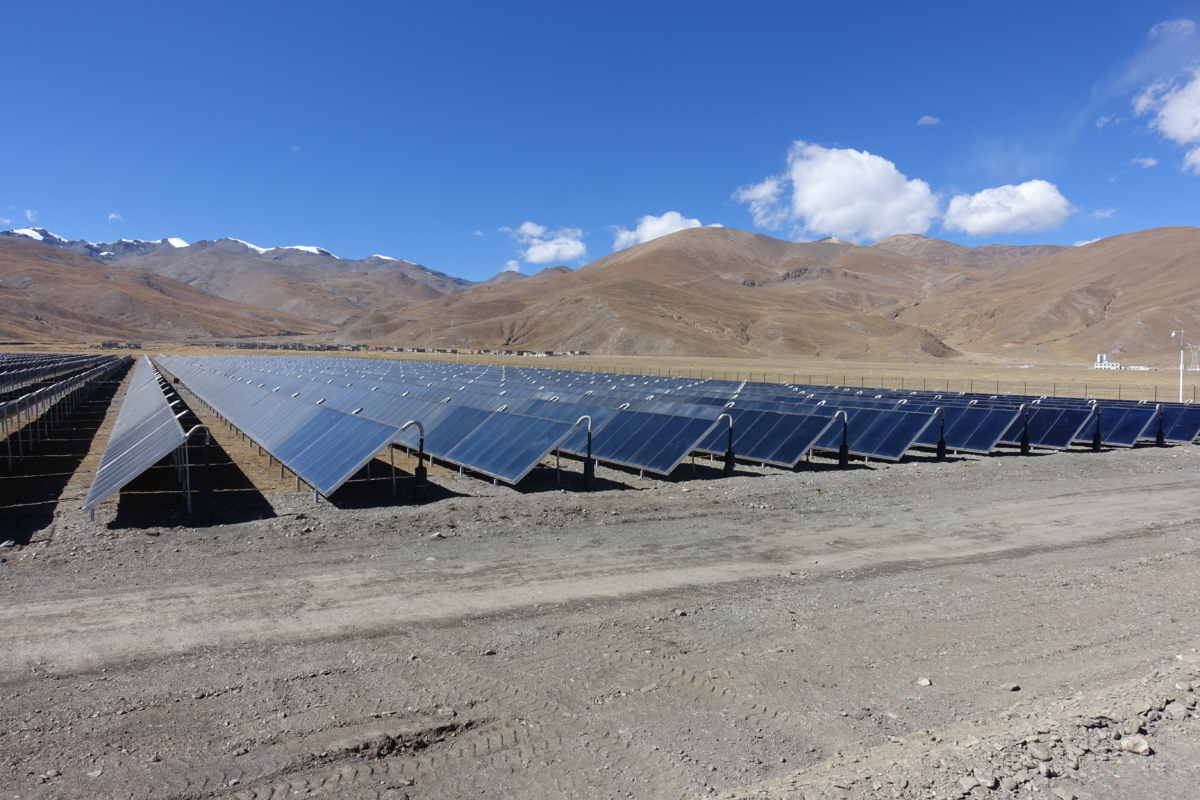Acquisition of strategic importance for the SDH sector
Beginning of April, a historic acquisition took place in the solar heating and cooling industry. Greenonetec, the largest collector manufacturer in Europe, purchased key parts of the business of Danish-based Arcon-Sunmark, the European leader in developing solar district heating projects.
The acquisition followed months-long negotiations between Greenonetec CEO Robert Kanduth and Torben Sørensen, Group Executive Officer at VKR Holding, the corporate group that owns Arcon-Sunmark. VKR Holding decided to terminate most of the solar thermal business within the group because of huge price drops faced by suppliers of large solar fields and fluctuations in the contracting market, which resulted in considerable losses for Arcon-Sunmark in recent years.
The week started with the publication of a press release stating that parts of Arcon-Sunmark will be sold off because of a large financial deficit in recent years. “The financial development with heavy losses is intolerable,” Thomas Karst, current CEO of Arcon-Sunmark, is quoted as saying in the press release from 30 March. “We are sorry about the situation. However, we respect the decision of the owners.”
Three days later, on 2 April, Arcon-Sunmark sent out a second press release stating that Greenonetec acquired key assets of Arcon-Sunmark and that the Chinese Solareast Group (which owns the Sunrain and Micoe brands) bought the shares in Chinese-Danish joint venture Solareast Arcon-Sunmark Large-Scale Solar Systems Integration, which has put up two solar district heating plants in Tibet over the last years.
“We have taken an important step towards consolidating the solar thermal industry by bringing Arcon-Sunmark’s extensive expertise in project development and large-scale collector production to our highly streamlined solar manufacturing business,” Kanduth explained. He plans to integrate the fully automated production line for large-scale collectors into the company’s factory in Austria and retain the majority of the project development and sales team of Arcon-Sunmark. He also confirmed that he wants to focus on sales and project development in Europe and North America and has no plans for the Asian market. The latter is why Arcon-Sunmark’s assets in Asia, including the factory in Vietnam, were split off and sold to the Solareast Group.
Source and full article: solarthermalworld.org
Picture: Arcon-Sunmark
